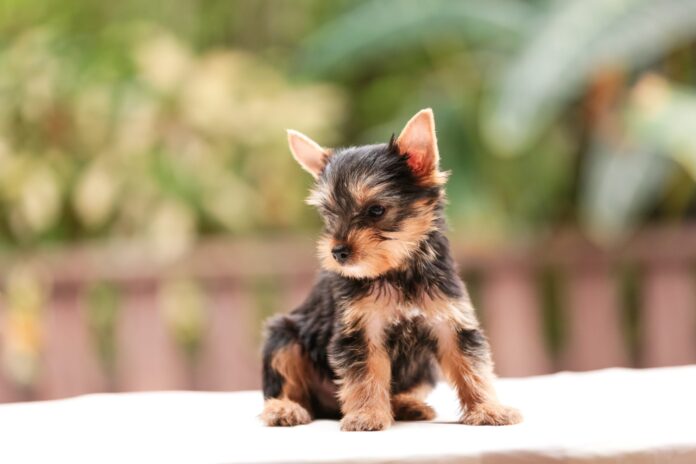Last Updated on July 2, 2021 by Fumipets
Teacup dogs are very popular as pets since these tiny pups retain their puppy-like appearance for an extended period of time. Consequently, suppose it’s no surprise that they may cost thousands of dollars per piece. Teacups are, in general, much smaller than their breed standard, and thus are not recognised by the American Kennel Club (AKC). Due to the fact that, in most instances, these pups are the runts or weakest of their litter, and since they are typically mated with other smaller or weaker dogs, the ethics of breeding these dogs are called into question.
Breed Characteristics
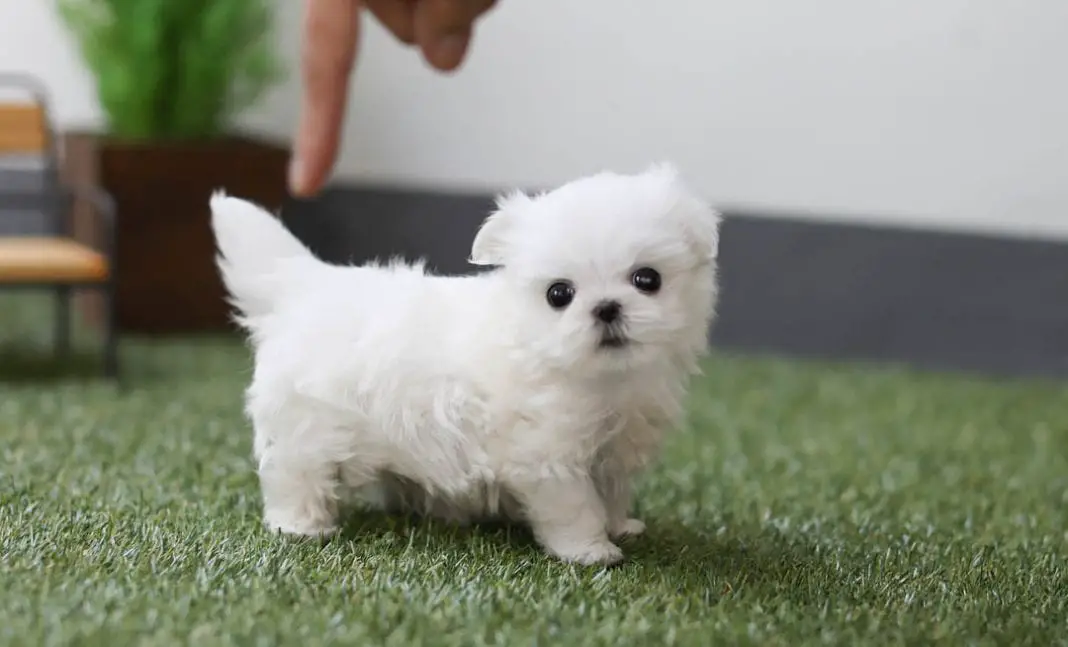
Teacup puppies are often affected by health problems since they are the smallest canines in their litter. Some were rejected by their mothers, and for whatever reason, they did not get as much nourishment both in the womb and after delivery as they should have had. Some may barely weigh 2 to 5 pounds when they are at their maximum size. Because of their tiny stature, these dogs are more susceptible to a variety of health concerns, including difficulties with their skeletal and immunological systems. These canines are delicate and may easily be killed by a fall, or they are difficult to notice and are easily crushed or stepped on. In addition, the life expectancy of certain breeds is much lower than that of the larger-sized type; some varieties only survive approximately half as long as the larger-sized kind.
Children should be supervised while near teacup breeds since they are prone to breaking bones. In addition, these little canines need shelter from predatory creatures such as owls and other birds of prey to survive. These breeds may also have difficulties with housetraining due to the fact that their bladders and intestines are so tiny. Instead of just twice a day, they will need numerous little meals throughout the day in order to avoid low blood sugar (hypoglycemia), as well as many outside toilet breaks.
1. Pomeranians
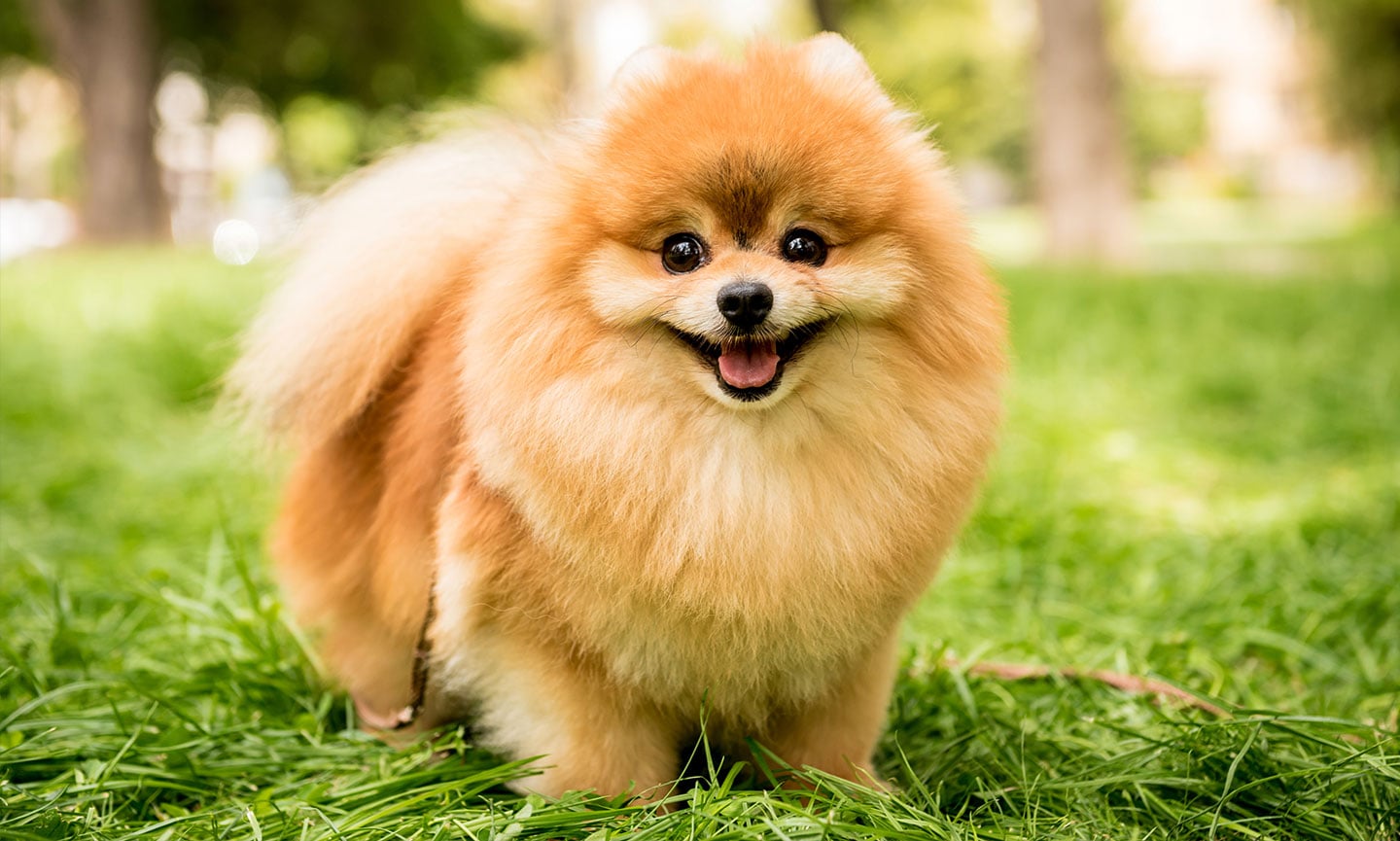
Despite the fact that today’s Pomeranians have a reputation as lapdogs, they were initially developed to herd animals and pull sleds in the Arctic. Weights of earlier variants of the Pomeranian breed were between 30 and 40 pounds. They were developed to be smaller in the 1800s so that they could be maintained as friends rather than working dogs. Since then, they’ve simply grown smaller and more numerous.
2. Poodle
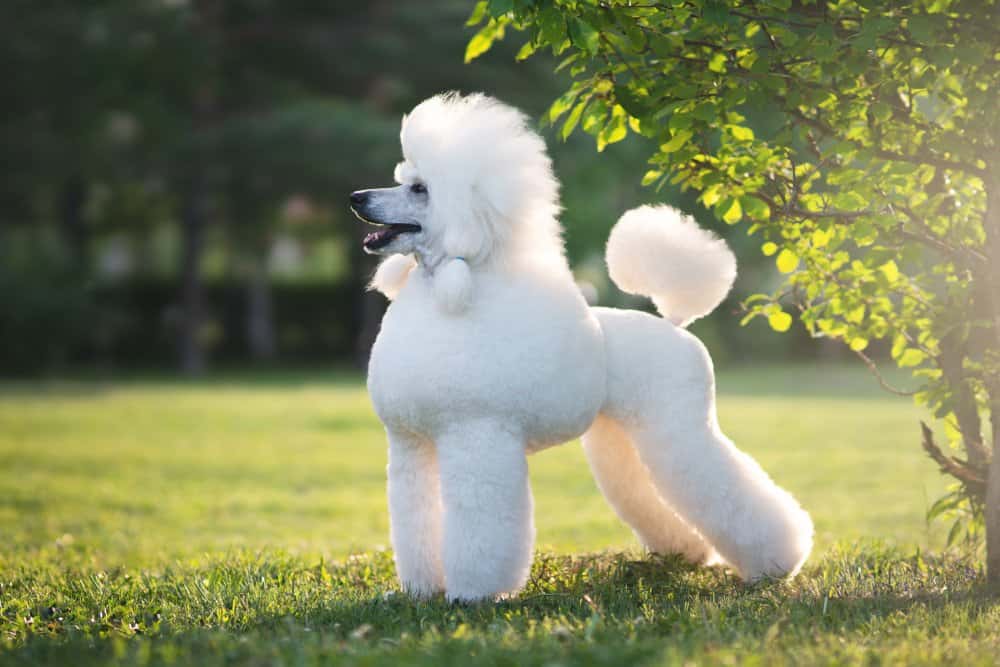
Poodles are well-known for their intelligence, athleticism, and friendliness, and they make wonderful family pets. Teacup poodles are typically 4 pounds in weight, while their standard-sized counterparts weigh 45 to 70 pounds on average. Poodles have a number of useful characteristics, one of which is their ability to jump. They’re low-shedders, as the name implies. Because of their curled coats, they don’t shed much, which is excellent news for both your allergies and your vacuum cleaner.
3.Beagle

Despite their little stature, teacup beagles make up for it with their enthusiasm and sociability. The majority of these beagles weigh about 15 pounds, which is considered to be a high weight for a teacup dog. When it comes to obedience, they may be difficult to train. They do, however, react well when you make training enjoyable for them by using rewards and games.
4. Maltese

Although the Maltese is one of the world’s oldest breeds, having originated over 3,000 years ago, it was formerly considered a member of the royal family. It is common for the teacup type to weigh between 2 and 4 pounds. Because of their tiny size and low activity level, these dogs are an excellent choice for those looking for a snuggle companion.
5. Pomsky

As the name suggests, the Pomsky is a mix between a Siberian husky and a Pomeranian in appearance. A Pomskie’s size will vary depending on how much of each breed they have in their genetic make up. This breed has a high amount of activity, so be prepared to go for a lot of walks and playtime with it.
6. Yorkshire Terriers
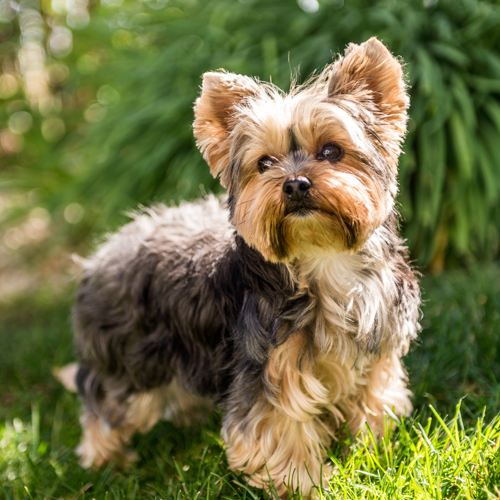
In spite of the fact that Yorkshire terriers are already popular in their normal tiny size, the teacup version has become more popular. These little canines may weigh as little as 2 to 3 pounds, yet they have personalities that rival those of larger dogs. Yorkies are known for being loud, protective, and self-assured. They’re also devoted and caring members of their own families.
7. Bichon Frise
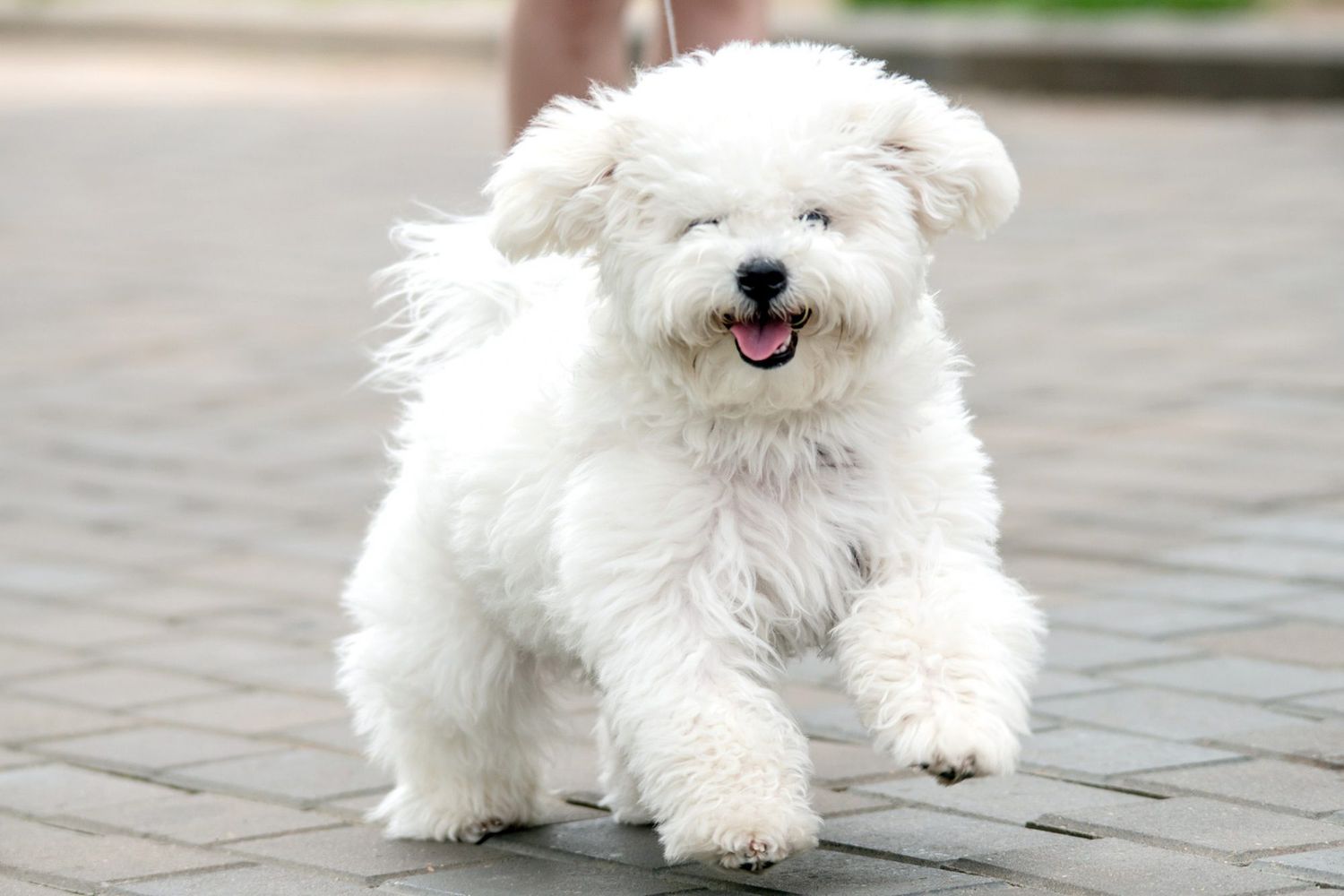
Bichon frise is a French breed of dog that loosely translates to “curly lapdog.” In addition, teacup bichons really live up to their moniker. They were raised to be affectionate companions, and some people refer to them as “living stuffed animals” because of their appearance. However, despite the fact that bichons are very cuddly, they do need some activity and like playing.
8. Chihuahua

Teacup Chihuahuas have achieved notoriety in a variety of ways, including appearing in fast food ads and being carried about in celebrities’ handbags. However, it is not all glitz and glitter for these little canines. Chihuahuas need appropriate training and socialisation in order to avoid becoming frightened and defensive when approached by unfamiliar people. They also need frequent physical activity as well as mental stimulation.
9. Pug
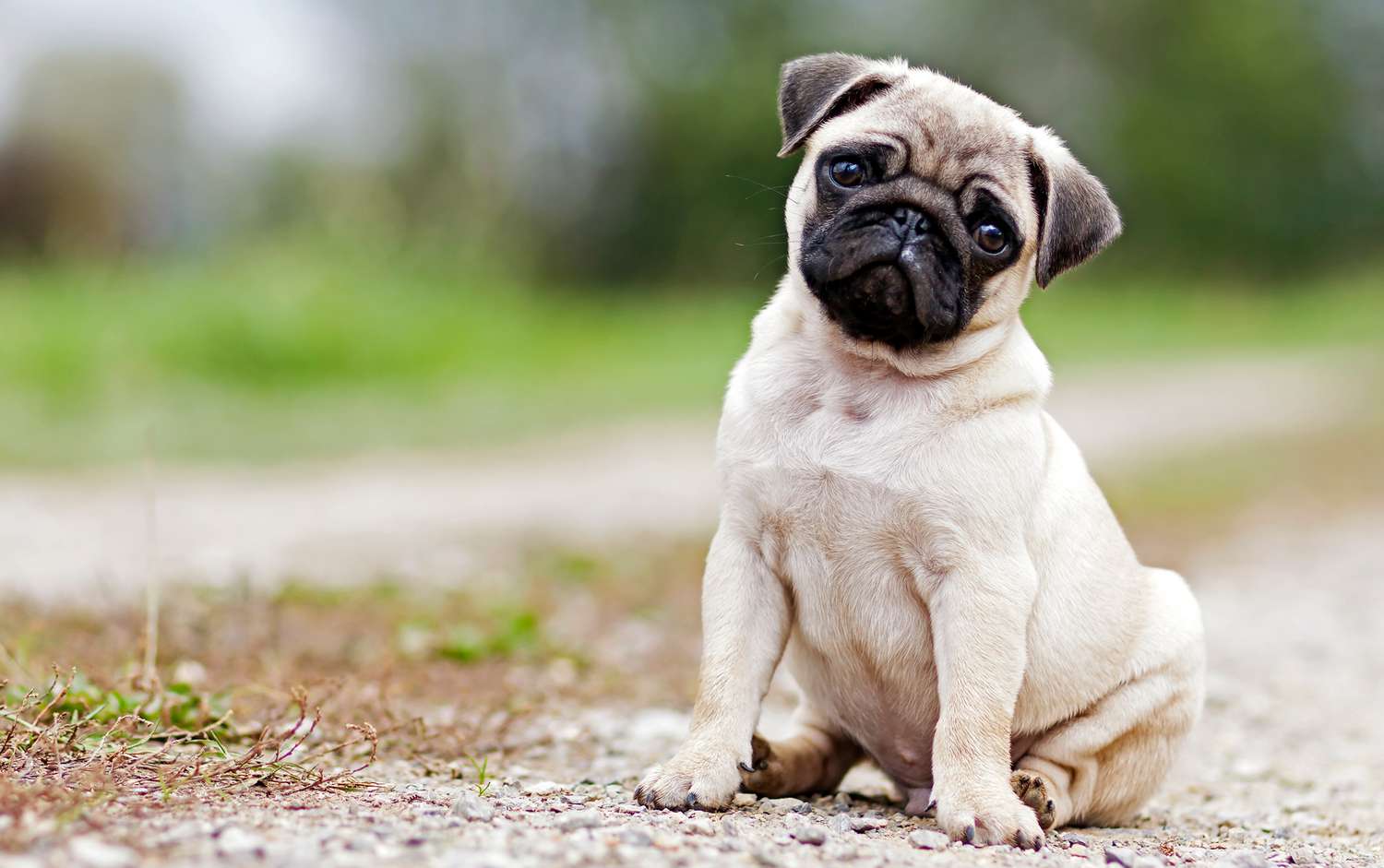
Teacup pugs are excellent apartment pets because of their small size. Their tiny size (weighing between 3 and 7 pounds), laid-back attitude, and minimal physical activity requirements make them suitable for apartments and other compact living areas. Despite the fact that some pugs may be obstinate, they often respond well to training, particularly if treats are used as a motivating factor.
10. Shih Tzu

In the dog world, teacup shih tzus are known as the “divas of the canine world.” These canines, on the other hand, are extremely athletic. They have fairly strong bodies under their long, silky hair and were bred to perform well on agility courses, which is why they are so popular. However, avoid overworking them since their flat faces leave them susceptible to respiratory problems and overheating.
Conclusion
Most veterinarians and ethical breeders would advise you to stay away from teacup breeds entirely. While it’s wonderful if a teacup puppy is fortunate enough to survive to maturity, this does not always imply the dog is out of danger. Several breeds, such as teacup Yorkies, pugs, and Pomeranians, have much shorter lifespans than their larger-sized counterparts, despite their small stature. Those looking for a smaller dog should look at toy breeds and selecting a dog that is at the lower end of the permissible height and weight ranges. By avoiding teacup breeds, you may reduce your chances of experiencing heartbreak due to premature puppy death.

